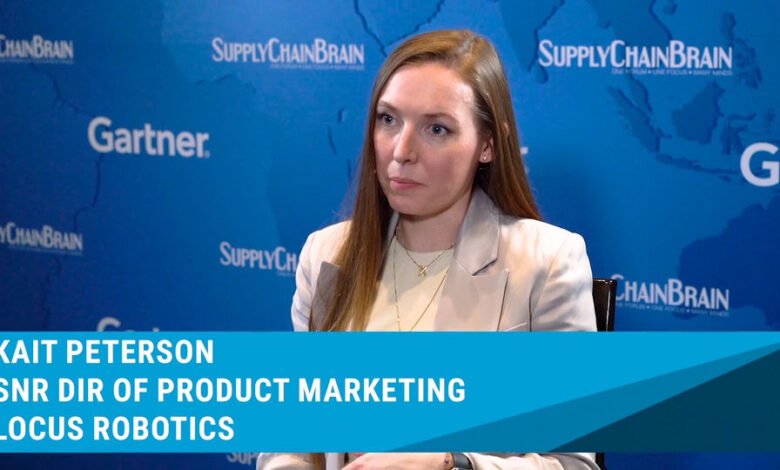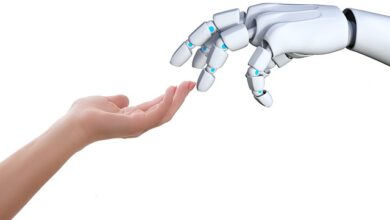Watch: P2G or G2P Robotics? The Great Debate in Warehouse Automation

Regardless of the size or age of a warehouse, person-to-goods (P2G) robotics is better for warehouse functionality than goods-to-person (G2P), says Kait Peterson, senior director of product marketing at Locus Robotics.
As the name suggests, person-to-goods technology involves workers traveling, usually on foot, warehouse or DC aisles to order items, then turning them over to robots. Such a solution is ideal for many companies because the technology is flexible, Peterson says. “You can have as much or as little automation as you need,” she says. “Second, you can get into any facility, whether it’s brownfield or greenfield. A lot of person-to-goods solutions are also robots-as-a-service, which means you can scale up for peak seasons. A lot of them also have multiple use cases. You can do your whole portfolio of automation.”
P2G technology doesn’t depend on the size of warehouse real estate. From an investment standpoint, obviously more robots are needed for larger spaces, while fewer are required for smaller footprints. While capital expense is always a consideration, the technology works everywhere, Peterson says. “We have customers running as few as 20 robots in a smaller facility, or from hundreds up to a thousand in some facilities across four or five mezzanine floors. You can implement on a ground floor, on mezzanines or pick towers or even multi-floor facilities, which we often see in Europe where they are multiple floors of warehousing.”
One of the “secret sauces” of the tech is that it doesn’t mandate massive “re-orging,” Peterson says. Traditional automation, such as goods-to-person technology, may require putting in new infrastructure. With P2G, “You literally put robots in the facility, map the floor and leave your racking the same.”
Also with P2G, all use cases are interleaved into one’s automation processes from day one, she says.
For information on the next Gartner Supply Chain Symposium/Xpo, click here.



